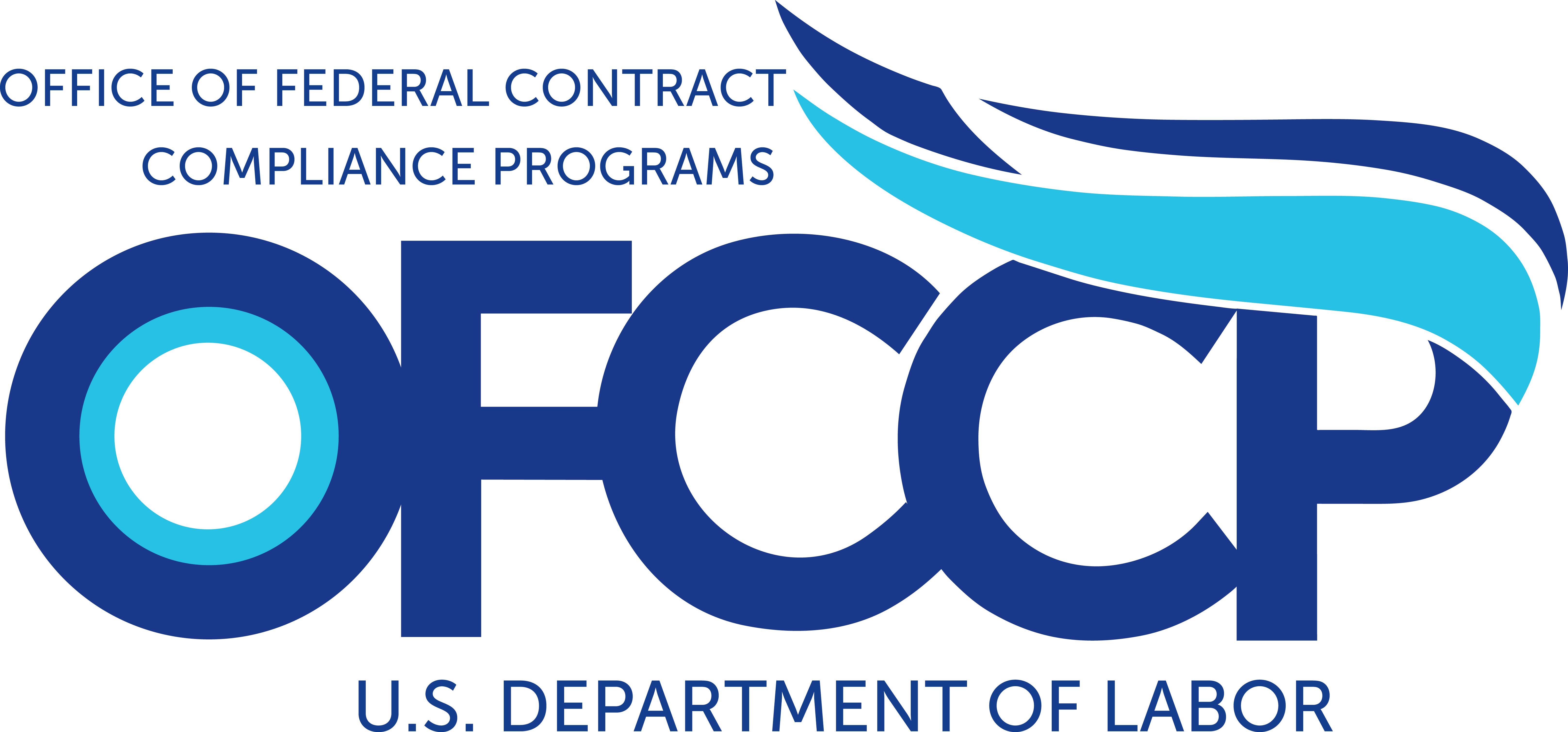 I\’ve been working with my local SHRM chapter to set a student program for job shadowing. Questions and ideas are bouncing around in my head, and it\’s going to be a great experience for both the students and the people who volunteer to help. I can still remember what it was like when I was trying to get my first job in HR (link), and I\’d have killed for a chance to follow around a local HR pro for a day to see what it was like. I\’m looking forward to helping them get their job shadowing questions answered!
I\’ve been working with my local SHRM chapter to set a student program for job shadowing. Questions and ideas are bouncing around in my head, and it\’s going to be a great experience for both the students and the people who volunteer to help. I can still remember what it was like when I was trying to get my first job in HR (link), and I\’d have killed for a chance to follow around a local HR pro for a day to see what it was like. I\’m looking forward to helping them get their job shadowing questions answered!
What I plan to do
I\’m going to take some time first thing to share some of my own tips and ideas for someone getting started in the field. That will set the stage for the rest of the day as a learning experience.
Next I\’ll make sure I have a variety of tasks planned so they get a look at the facets of HR that I deal with-benefits, recruiting, employee relations, communication, etc. Some of those things are pretty routine for me, but for someone who is job shadowing, it would be pretty interesting. A few routine activities I might go with:
- Answering benefits questions, looking up our summary plan descriptions for details, and making changes to someone\’s insurance/401(k)/compensation
- Call a candidate to schedule an interview or to do a culture-based interview, work on an offer letter and salary package, or sit in on an interview (phone interview would be easier with this one)
- Show how our performance management system works and what each person\’s responsibilities are
- Give them a glimpse into the vendor selection process and how it works
- Develop an employee communication with a specific management characteristic in mind (how to have tough conversations, for example)
One thing I will definitely not do is plan a party, talk about being a “people person,â€Â or do anything else that HR gets stuck with that isn\’t really our responsibility. We aren\’t party planners, darn it.
Finally I\’ll wrap up the day with another short discussion on what they originally perceived and how it ended up being different. Interesting side note on this—I have someone in my office who is interested in getting into the HR field eventually. I could actually take that person through these exercises as well as a practice run and to give them the insights into the profession that they might not otherwise get. Fun stuff!
I\’ve also kicked around the idea of creating a short document to give them that allows the job shadowing student the opportunity to give feedback and take notes. I\’d personally like to see what they found interesting, because I plan to do it more than once and want to make it better for each person that visits.
Anyone else ever do a similar activity and have ideas to share? Does anyone have any job shadowing questions they\’d like answered?Â



